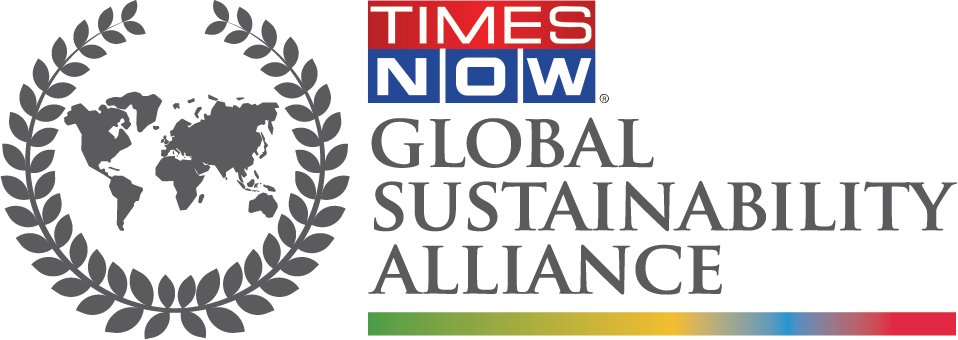As stock prices and real estate markets undercount climate-change risks, country commitments to net zero are already devaluing assets and impacting financial markets
As more and more countries commit to NetZero financial markets are expected to be impacted in significant ways. For instance, the shift to low carbon intensity implies that assets of high intensity companies will now be valued lower. This means that financial institutions that have invested in these assets will become vulnerable. Similarly, financial institutions that have invested in real estate or infrastructure in areas vulnerable to natural disasters may find it difficult to get a return on their investments.
Climate change is a very long horizon risk. The worst impacts are far in the future and yet they affect behaviour and asset prices today. There is a growing body of evidence showing that stocks, bonds, climate futures, equity options and real estate, incorporate information about climate risk.
According to a paper called, The economics of climate change – information about climate risk is likely to affect not only discount rates but also future cash flows. For example, consider the possible introduction of a carbon tax. Such a tax would plausibly lower the expected cash flows of emission-intensive firms. At the same time, if the timing and magnitude of the tax are unknown, uncertainty could increase discount rates for firms vulnerable to the impact of the tax, with both effects potentially leading to lower asset prices for emission-intensive firms.
However, your investments, even those presumably in the capable hands of professionals, dangerously undervalue climate-change risks. That’s the belief held by “an overwhelming margin” of 861 finance academics, investment advisers, portfolio managers, regulators and policy economists anonymously surveyed by Johannes Stroebel and Jeffrey Wurgler of New York University’s Stern School of Business. Respondents are at least 20 times more likely to believe that climate risk is currently being underestimated by asset markets as opposed to overestimated.
A comprehensive net zero pathway, properly understood, presents a range of investment opportunities within and outside of existing portfolios for all investors and includes valuation of things that till now have been considered externalities. Sustainable investing is therefore likely to involve investing in volatile and dynamic markets with an approach firmly based in natural science, not spreadsheet accounting.
Things we didn’t account for earlier are now being valued in financial terms. Take the case of Mangroves and Whales.
- Mangroves provide a wide range of ecosystem services, including nutrient cycling, soil formation, wood production, fish spawning grounds, ecotourism and carbon. It can be 2 to 5 times cheaper to restore coastal wetlands by growing mangroves than to construct breakwaters. Using total economic valuation methodology, the economic value of mangrove resource is estimated ranging from US $3,624.98 – US $26,734.61per ha per year.
- Whales lead long lives sequestering carbon dioxide in their bodies and are responsible on average for pulling 33 tons of heat-trapping CO2 out of the atmosphere. The estimated economic value of this service to slow climate change is $2 million per individual whale.
The problem is there’s never been an official global accounting of natural capital, not in gross domestic product (GDP), the calculation of goods and services, or any other broad economic measure. While we account for the price of crops in GDP we don’t value soil quality, bees and climatic conditions. The World Bank predicts global annual losses of $2.7 trillion by 2030 if ecological tipping points are breached without more investment to protect and restore nature. The time to value nature is now!
This is why world leaders in Glasgow at Cop26 have committed to stop deforestation. More than 30 of the world’s biggest financial companies – including Aviva, Schroders and Axa – have already promised to end investment in activities linked to deforestation.
The only country that has ever stopped and reversed deforestation has been Costa Rica. This has been achieved because of a government-led initiative that pays local communities to help protect the natural ecosystem. Costa Rica’s success was driven by economics. A ban on deforestation combined with the introduction of PES- which pays farmers to protect watersheds, conserve biodiversity or mitigate carbon dioxide emissions- is the reason for success. This meant that the government actually succeeded in raising the value of nature.
